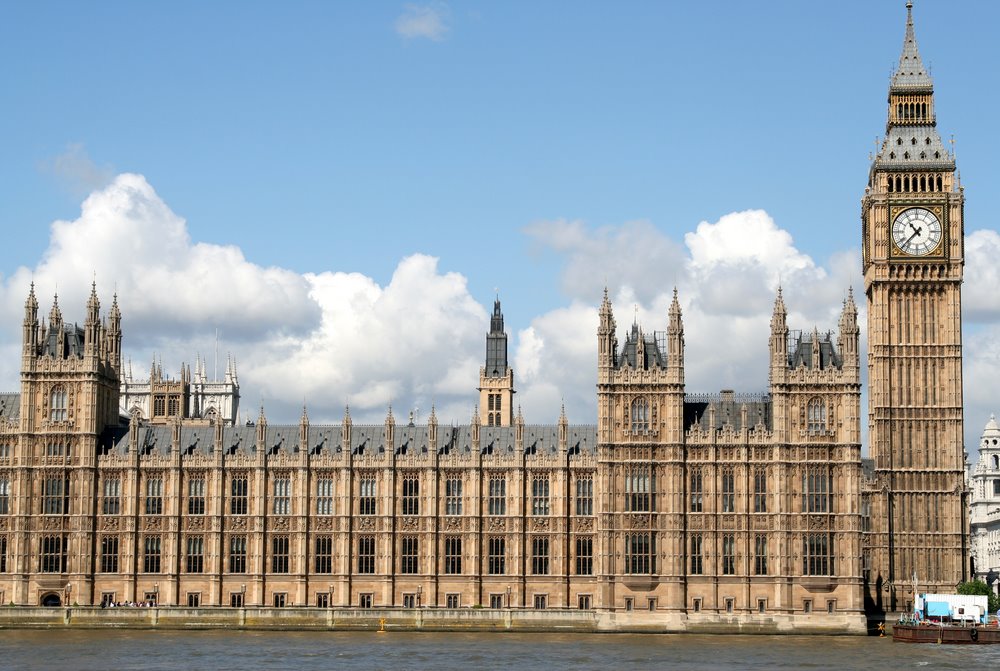The big message from the Chancellor to business ratepayers in the Autumn Statement was one of seeking to offer support to business ratepayers by freezing the uniform business rate (UBR) multipliers for next financial year (2023/24) at the current levels which are, in England, 49.9p for properties with rateable value up to £50,999, and 51.2p properties with rateable value £51,000 or more. This freeze will be a considerable relief to ratepayers who might otherwise have faced UBR multipliers increased in line with inflation, as is allowed by the legislation.
The September CPI inflation rate was 10.1% and, other things being equal, legislation would have allowed the Chancellor to increase the multiplier by this amount. However, 2023 is a revaluation year and, as well as the inflation adjustment, the multiplier would have been adjusted to take account of the overall change in rateable values resulting from the revaluation. The total of all rateable values in England is set to increase by just over 7% as a result of this revaluation, and this would have offset some of the inflationary increase in the multiplier. The Chancellor’s statement suggests that, without his intervention, the multipliers would have increased from 49.9p and 51.2p, to 52.9p and 54.2p respectively, a 6% increase.
This freeze of the multipliers applies in England, and we await announcements from the devolved administrations in Wales and Scotland, as to whether multipliers there will be frozen in the same way.
The second important announcement in the Chancellor’s statement was about a new scheme of transitional adjustments to be introduced with the 2023 revaluation. Transitional adjustments have been a feature of all revaluations since 1990, and are designed to offer protection against substantial changes in red liability resulting from rating revaluations. In the past, such schemes have been “self-funding”, with limits to both increases and decreases in rate liability following the revaluation. The Chancellor has announced that the new scheme will not be required to be self-funding, and those ratepayers whose liability is reduced as a result of the revaluation will see the benefit of that reduction immediately. Ratepayers facing increases will see those increases phased in over a period of up to 3 years with the maximum increase in year one being 5% for properties with rateable values up to £20,000 (or £28,000 in Greater London); 15% for properties with rateable values between £20,000 and £100,000; and 30% for properties with rateable values above £100,000. In the second year of the scheme these thresholds will be 10%, 25%, and 40%, respectively. And in the third year the maximum increases will be 25%, 40%, and 55% respectively. In both the second and third years of the scheme increases in liability will be further adjusted for inflation, an adjustment that will not apply in the first year of the scheme.
The Chancellor also announced a further one-year extension of the business rates relief offered to retail, hospitality and leisure properties. This relief is currently set at 50%, subject to a maximum amount of relief of £110,000 per business, and has been in place since the beginning of the COVID pandemic. For next year (2023/24) the relief will be increased from 50% to 75%, but will continue to be subject to a maximum amount of relief of £110,000 per business.
The Chancellor made two further announcements relating to business rates reliefs. The first was an announcement of a new “supporting small business scheme”, designed to offer rates relief to businesses which move out of the existing small business rate relief scheme as a result of the 2023 rating revaluation. The small business rate relief scheme applies to properties up to rateable value £15,000 and there will be many properties whose rateable values may increase above the £15,000 level as a result of the 2023 rating revaluation, and which would therefore otherwise fall out of the small business rate relief scheme, or out of the rural rate relief scheme. The new supporting small business scheme will limit increases for such businesses to a maximum of £600 per year from 1 April 2023. This scheme will have a three-year life.
The final business rates announcement from the Autumn Statement was that the new “improvement relief”, announced in the 2021 autumn budget, will be implemented from 1 April 2024, rather than 1 April 2023. This relief is intended to ensure that ratepayers do not pay any additional rates for the first 12 months after making qualifying improvements to properties they occupy. It was to have been introduced from 1 April 2023, but will now come into force from 1 April 2024 and apply until 2028.
There is plenty for ratepayers to welcome in the Chancellor’s statement, in particular the freezing of the multiplier for next year, and the abolition of downwards transition following the 2023 revaluation. However, the overriding impression remains that a great opportunity was missed by the failure to make any serious long-term adjustments to the business rates system following the government’s fundamental review of business rates.
The tax rate remains at a very high level compared to other corporate taxes, and this appears to be acknowledged by the Chancellor by his action in freezing the multiplier for next year. The system is also characterised by a plethora of reliefs designed to offer a short-term fix to particular problems. The extension of the retail hospitality and leisure relief, whilst it will be very welcome to those benefiting from it, is really an example of the failure to address some fundamental flaws in the business rates system. The autumn statement offers ratepayers some cheer in what are, otherwise, rather gloomy financial circumstances; but what has been announced simply highlights the flaws in the current system, which have not been addressed.

